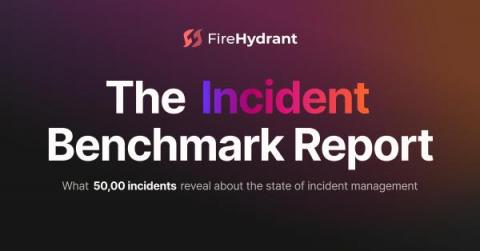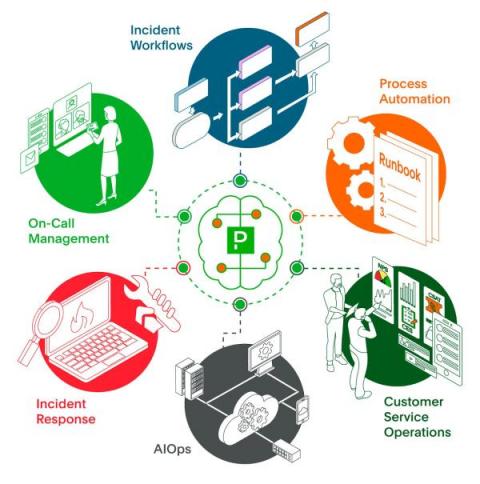Operations | Monitoring | ITSM | DevOps | Cloud
Latest News
Introduction to Kubernetes Imperative Commands
Tickets Make Operations Unnecessarily Miserable
IT Operations has always been difficult. There is always too much work to do—and not enough time to do it. The frequent interruptions and high levels of toil certainly don’t help. Moreover, there is relentless pressure from executives that question why everything takes too long, breaks too often, and costs too much. In search of improvement, we have repeatedly bet on new tools to improve our work.
Plesk 360 + Squadcast: Alert Routing Made Easy
Learn from 50,000 incidents with the first Incident Benchmark Report
Using anonymized data from 50,000 incidents, the Incident Benchmark Report reveals insights into the when, what, who, and how behind incidents and highlights behaviors that correlate to faster response times.
Doing More with Less: Building Greater Operational Efficiency with PagerDuty
How many of us can say with confidence that we know a tool inside and out? If you’re like most, you probably use just a small fraction of a product’s features. When it comes to feature-rich software like Microsoft Word or Excel, it’s a safe bet that most users are aware of less than half of the features, and use even less on a regular basis. And the longer we’ve been using a piece of software, the more likely we fall into this trap of feature underutilization.
APImetrics + Squadcast: Routing Alerts Made Easy
SRE Maturity Model: How Do You Assess Your Team?
"Just get on with it!" - The Horrors of Task Prioritization
Learn how to prioritize tasks, get stuff moving by performing non-blocker tasks first, effectively create postmortems, perform RCAs faster and not have an overburdened high priority(P0) dashboard. The below article should help you plan your product/feature launch faster without having to compromise on the reliability of the existing services.
What is an Incident Commander in ITSM?
Incident Commanders play a crucial role in the successful operation of IT service management (ITSM) teams. By applying best practices, they can ensure that incidents are handled quickly and efficiently, so that downtime for end users is kept to a minimum. This article provides an overview of the requirements for an effective Incident Commander in ITSM. It discusses the skills and competencies needed for effective incident management, and highlights some best practices for this role.











